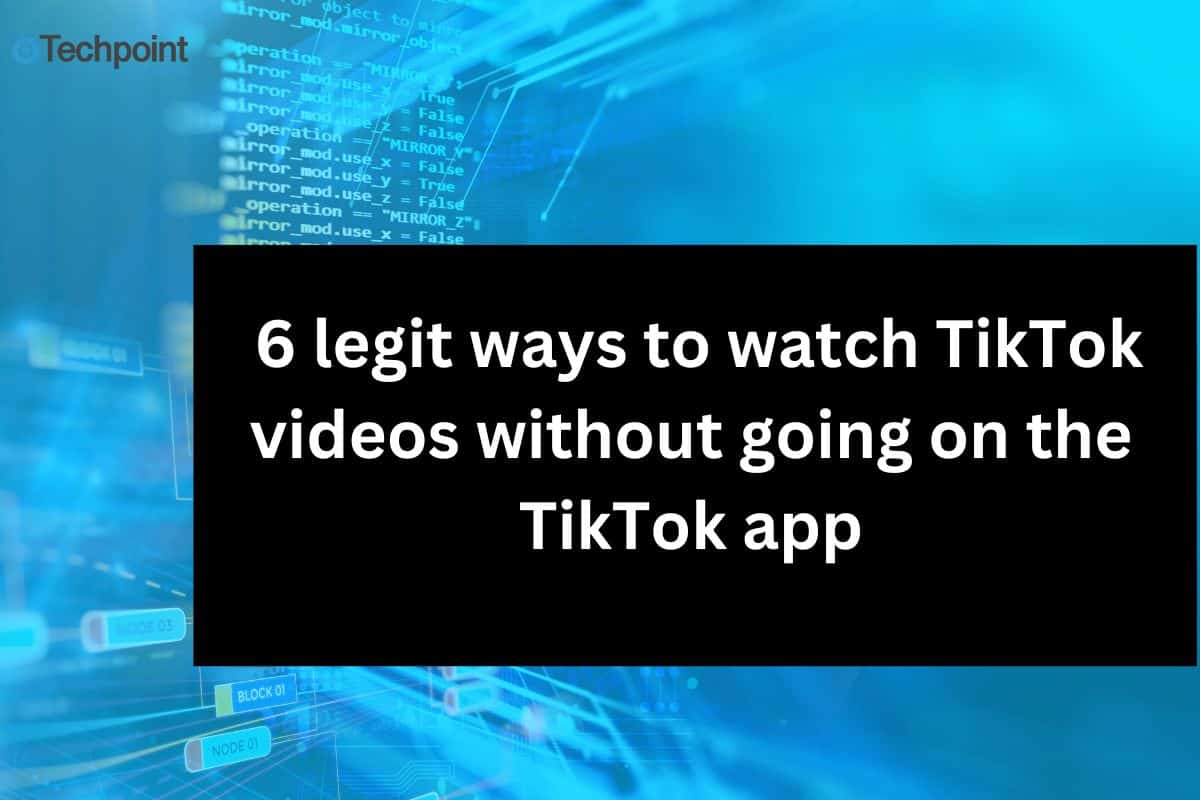Twitter is way, way more than it was yesterday.
The social media giant had previously complained about people sharing Instagram links instead of ‘twitpic’-ing the actual pictures. And now, they have made moves giant leaps to change that.
https://twitter.com/twitter/status/560072509211410432
Starting yesterday, Twitter began offering two new tools:
Taking, Editing, and Sharing Videos and Photos on your Mobile Phone
With a few taps, you can add a video to any tweet. And once you send it, others can play it with but a single tap. Unlike vines, which are capped at six seconds, native Twitter videos can be as long as 30 seconds.
Private Messages Among Groups of People [AKA Group DMs]
You can start conversations with anyone who follows you on Twitter, and they don’t necessarily have to follow each other in order to participate. Small, but welcome move.
Twitter’s move is a reflection of the greater internet: video is becoming an essential part of some much of what we do online and the new group DM echoes a movement towards private group messaging, as opposed to the very public interactions that characterized so much of our social networking over the past decade.
Previously, Twitter only let you upload videos using third-party apps and websites, including the Twitter-owned Vine, and trade private messages—aka “direct messages” or DMs—with individual people.
With its new video tool, Kamdar says:
Twitter aims to turn its service into even more of a visual medium. There’s a lot of friction when you use another app [to upload video to Twitter]. It’s much easier when things are baked into Twitter, the app you’re already using today.
Basically, you don’t need to leave twitter to any other social media or messaging apps.
According to Twitter Product Director, Jinen Kamdar, both tools will roll out to all users over the next several weeks.
In almost direct competition, Facebook recently introduced what it calls Facebook Rooms, which allows for private chats—and even pseudonymous messages [yikes!].













